Do you have a passion for helping individuals achieve their health and fitness goals? Have you ever dreamt of launching a personal training venture right from the comfort of your own home? Look no further!
This ultimate guide is your roadmap to transforming your fitness enthusiasm into a thriving and profitable home-based personal training business. From crafting a robust business plan to executing effective marketing strategies, we will guide you through every step of the process, providing you with the knowledge and resources essential for success.
Whether you’re a certified personal trainer seeking a transition or a fitness enthusiast eager to turn your passion into a profession, this guide equips you with all you need to outshine the competition and attain financial success in the ever-growing fitness industry.

Benefits of Launching a Home-Based Personal Training Business
Initiating a home-based personal training business offers numerous advantages, laying the foundation for a successful and profitable venture.
– Scheduling Flexibility: Gain control over your schedule and work from the comfort of your home, ensuring an improved work-life balance and quality time with loved ones.
– Cost Savings: Eliminate the need for a physical location, reducing overhead costs and allowing you to invest more in equipment and marketing.
– Personalized Training: Offer tailored one-on-one training sessions, meeting clients’ individual needs and delivering superior results.
– Enhanced Client Experience: Create a more intimate and comfortable training environment, increasing client satisfaction and tapping into the growing demand for convenient, personalized fitness services.
By positioning yourself as a convenient and accessible option, you can attract local clients steadily and establish your reputation as a trusted fitness professional in your area.
Step 1: Identifying Your Target Market and Niche
To build a profitable home-based personal training business, pinpointing your target market and niche is crucial. This understanding enables you to tailor your services and marketing strategies to cater to their preferences and needs.
– Market Research: Conduct comprehensive market research to gather insights into your target audience’s demographics, interests, and fitness goals, enabling you to create targeted marketing campaigns.
– Define Your USP: Discover your Unique Selling Proposition (USP) and carve a niche within the fitness industry. Specializing in a specific type of training or demographic, such as weight loss, strength training, or seniors, differentiates you from competitors and attracts clients seeking your expertise.
Once you’ve identified your target market and niche, tailor your marketing efforts, services, and branding to resonate with your ideal clients. This focused approach enhances your ability to attract high-quality leads and convert them into paying clients.
Step 2: Crafting a Comprehensive Business Plan
Like any other business, a home-based personal training venture necessitates a well-crafted business plan to steer your operations and help you achieve your goals.
– Mission and Vision: Define your business’s mission and vision, outlining your objectives, values, and guiding principles to provide a clear sense of direction.
– Target Market Analysis: Conduct a thorough analysis of your target market and competitors to identify gaps and opportunities, fine-tuning your services and marketing strategies.
– Marketing Plan: Outline your marketing strategies, whether they rely on digital marketing, word-of-mouth referrals, or local collaborations.
– USP and Pricing: Determine your pricing structure, packages, and unique selling proposition that sets you apart from other trainers.
– Financial Plan: Develop financial projections, estimating startup costs, monthly expenses, and revenue projections.
– Business Goals: Set short-term and long-term goals and milestones for your business, ensuring regular revisions to adapt to evolving client needs and market dynamics.
Remember that a business plan is a living document, requiring periodic review and adjustments as your business evolves to stay on track and align with client and market changes.
Step 3: Setting Up Your Home Gym

A well-equipped home gym serves as the cornerstone for a successful home-based personal training business. Ensure it is a safe, clean, and motivating space for clients to pursue their fitness goals.
– Space Assessment: Evaluate available space in your home and designate an area for your gym to accommodate equipment and allow free movement during sessions.
– Equipment Selection: Invest in high-quality fitness equipment aligned with your training style and clients’ needs. Essentials may include dumbbells, resistance bands, stability balls, benches, and mats.
– Safety Measures: Prioritize safety by identifying and addressing potential hazards or obstacles. Install proper flooring for slip prevention and ensure adequate lighting for visibility.
– Aesthetics: Create an inspiring atmosphere using colors and decor that energize both you and your clients. Consider adding mirrors for form and technique correction.
– Sound System: Enhance sessions with a quality sound system playing motivating music, elevating the overall training experience.
Remember, the success of your home-based personal training business depends on creating a professional and inviting space that mirrors your brand and values, promoting exceptional training experiences.
Step 4: Effectively Marketing Your Personal Training Business
Marketing and promoting your home-based personal training business are essential for client acquisition and revenue generation. Here are effective strategies to help you stand out in the competitive fitness industry:
– Create a Professional Website: Develop a well-designed website that showcases your services, testimonials, and contact information, featuring a call-to-action to encourage inquiries.
– Optimize for Search Engines: Implement SEO techniques to improve your website’s visibility in search engine results by researching and incorporating relevant keywords.
– Leverage Social Media: Establish a presence on popular platforms like Facebook, Instagram, and LinkedIn. Share valuable content, client success stories, and fitness tips, engaging with your audience and responding to comments and messages.
– Offer Free Resources: Provide valuable content such as blog articles, workout videos, or healthy recipes on your website or social media, positioning yourself as an expert and attracting fitness-related inquiries.
– Collaborate with Local Businesses: Partner with gyms, wellness centers, and health food stores for cross-promotion. Offer discounts or incentives to their clients and vice versa.
– Word-of-Mouth Referrals: Encourage satisfied clients to refer friends and family by offering referral incentives like discounted sessions or free add-ons.
– Online Advertising: Consider targeted online ads on platforms like Google Ads or Facebook Ads to reach a wider audience, monitoring performance for a positive return on investment.
Consistency is key in marketing your home-based personal training business. Develop a marketing plan, allocate time for strategy implementation, and stay active on social media, providing valuable content and engaging with your audience to build a strong online presence and attract potential clients.
Step 5: Building a Strong Online Presence
In today’s digital age, a robust online presence is indispensable for the success of your home-based personal training business. Follow these strategies to establish credibility, reach a wider audience, and become a trusted fitness professional:
– Professional Website: Maintain a visually appealing, mobile-friendly, and user-friendly website with comprehensive information about your services, pricing, testimonials, and contact details.
– Optimize for Local Search: Utilize local SEO techniques to enhance visibility in local search results, including online directory registration, Google My Business optimization, and client review solicitation.
– Content Marketing: Create and share valuable fitness and health-related content on your website, blog, and social media. This may encompass workout routines, healthy recipes, fitness tips, and client success stories.
– Engage on Social Media: Actively participate on social media platforms relevant to your target audience, sharing informative posts, responding to comments and messages, and engaging in fitness-related conversations and groups.
– Video Content: Incorporate video content into your online presence, creating workout videos, exercise tutorials, or live Q&A sessions on platforms like YouTube, Instagram, or Facebook Live.
– Online Reviews and Testimonials: Encourage satisfied clients to leave reviews and testimonials on platforms like Google and Yelp, strengthening your credibility and attracting new clients.
– Email Marketing: Build an email list of interested prospects and existing clients, sending regular newsletters with valuable content, promotions, and client success stories, personalized to recipients.
Building a strong online presence requires patience and consistent effort. Stay active across online platforms, provide valuable content to your audience, and over time, witness increased visibility and client engagement.
Step 6: Generating Leads and Converting Them Into Clients
Converting leads into paying clients is pivotal for building a profitable home-based personal training business. Employ these strategies to generate leads and enhance your client conversion rate:
– Offer Free Consultations: Provide free initial consultations or assessments to allow potential clients to experience your services firsthand and understand their fitness goals.
– Referral Program: Implement a referral program rewarding clients for referring new clients to your business, fostering active promotion within their network.
– Lead Magnets: Create lead magnets such as free workout guides, meal plans, or e-books to exchange for email addresses, enabling lead nurturing through email marketing.
– Limited-Time Offers: Create a sense of urgency with limited-time promotions or discounts to motivate potential clients to act promptly.
– Follow-Up With Leads: Proactively follow up with potential clients through personalized emails or phone calls to address questions and build relationships.
– Client Testimonials: Share client testimonials and success stories on your website and social media, providing social proof to influence potential clients’ decisions.
– Networking: Attend local fitness events, join professional organizations, and network with health and wellness professionals to establish valuable referral partnerships.
Tailor your approach to each prospect, focusing on their specific needs and goals. By consistently delivering exceptional service and results, you will cultivate a loyal client base and increase your chances of receiving referrals.
Step 7: Providing Exceptional Customer Service
Exceptional customer service is the hallmark of a thriving home-based personal training business, extending beyond effective workouts to building strong client relationships and attracting potential leads.
– Personalization and Communication: Tailor your approach to each individual, actively listening to their needs and addressing their concerns, ensuring transparent communication and ongoing support.
– Clear Expectations: Build trust by providing transparency from the beginning, outlining services, pricing, and policies, as well as establishing realistic and achievable goals.
– Expertise and Education: Share your expertise through valuable content, addressing fitness queries, workout explanations, and nutrition tips. Responsiveness is essential, promptly handling inquiries and providing thorough answers.
– Engagement and Motivation: Keep clients engaged by sharing updates, celebrating achievements, and offering motivational messages to inspire continued progress.
– Adaptability: Be adaptable to accommodate clients’ changing needs, preferences, and progress while ensuring a safe and effective training experience.
– Consistency and Reliability: Build trust through timely responses and maintaining a consistent schedule for training sessions, emphasizing punctuality.
– Feedback and Improvement: Encourage feedback from clients, embracing a continuous learning mindset to make necessary improvements. Share client success stories and testimonials to build trust and highlight integrity.
– Value-Added Content: Extend your commitment to client well-being by providing value-added content through marketing channels, promoting holistic health.
Building trust is fundamental, reinforced through honesty, transparency, and referrals when necessary. By implementing these strategies, you will create a customer-centric environment nurturing existing relationships and attracting potential leads to choose your home-based personal training business for their fitness journey.
Conclusion
In the dynamic fitness industry landscape, establishing a profitable home-based personal training business requires a multifaceted approach. Detailed planning, strategic marketing, and exceptional customer service are all integral elements of your success.
As emphasized throughout this article, exceptional customer service is the heart of a thriving home-based personal training business. It entails personalized attention, clear communication, expertise, and unwavering commitment to client well-being. By tailoring your services to individual needs, maintaining transparent expectations, and consistently engaging and motivating clients and leads, you elevate your business from a mere service provider to a trusted partner in their fitness journey.
As you embark on the path to creating a profitable home-based personal training business, remember that every interaction, connection, and stride toward excellence contributes to your success story.



